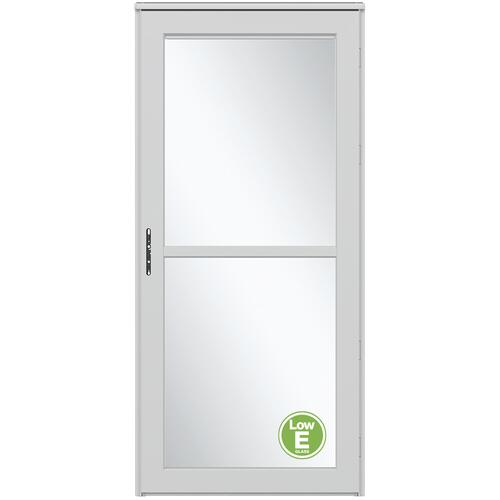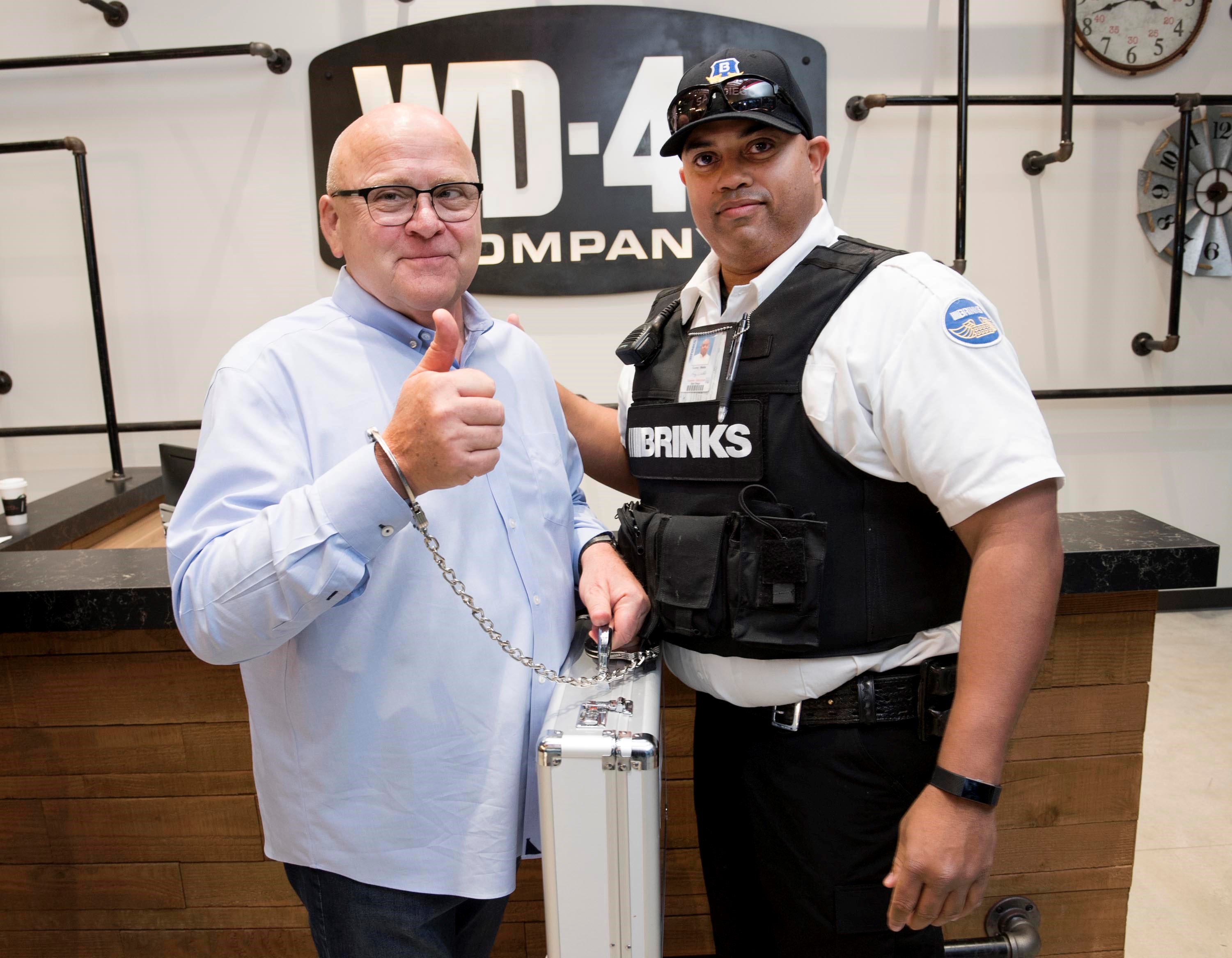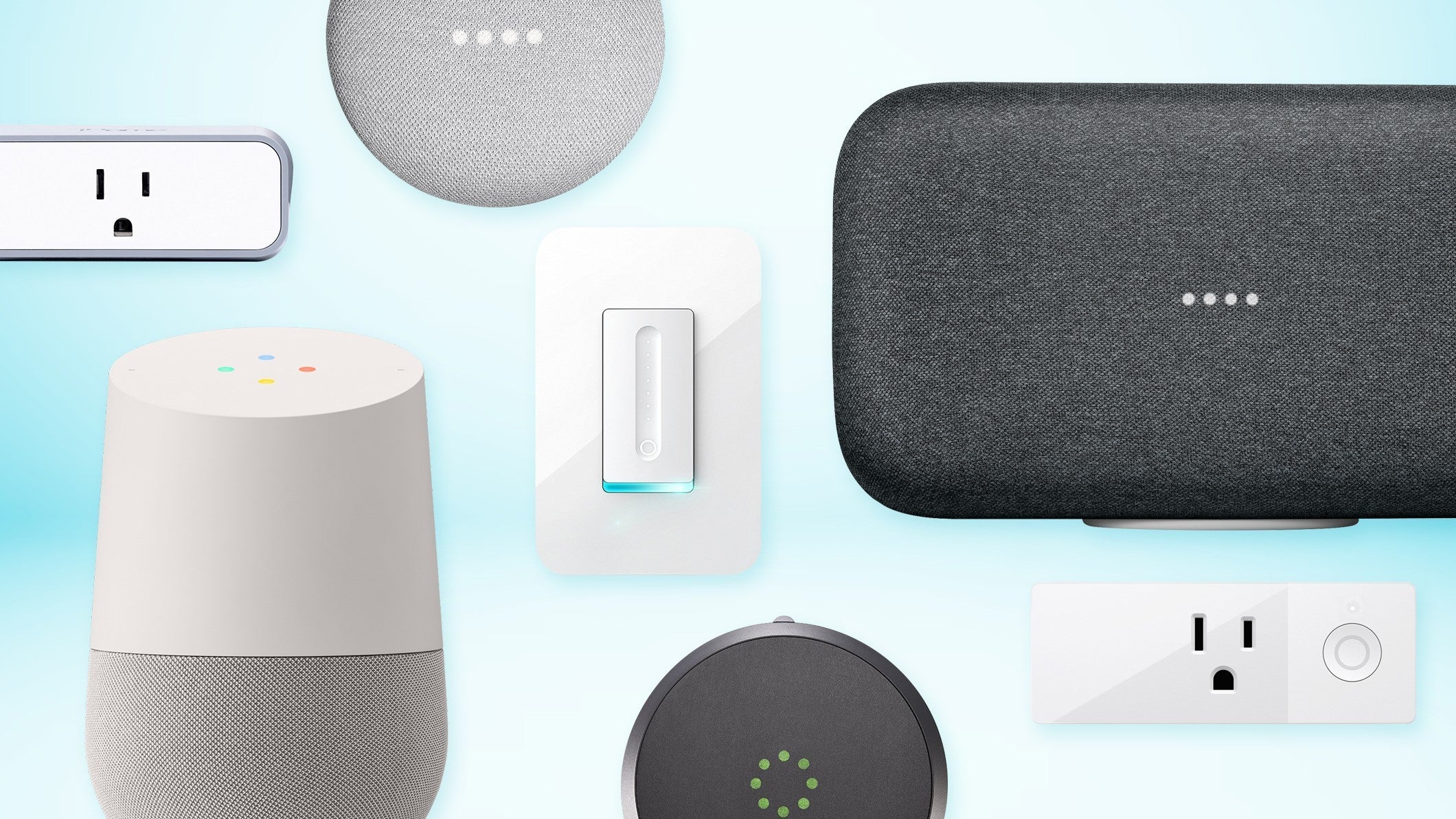
Smart home products like smart locks, thermostats and lights can save you time and money. These devices are connected to a central hub via WiFi and can be operated with a phone or voice assistant. They also perform routine actions automatically, making it easier to keep your house in tip-top shape without spending much time on mundane tasks.
Your needs and your desired use of the smart home will determine which is best for you. It can include a variety of different gadgets and appliances, but all must work together to make the most sense for your lifestyle.
If you're just looking to get started with a smart home, we recommend starting with a smart speaker, such as an Amazon Echo or Google Home, which are great value for their size and can be easily upgraded as your needs change. Then you can add other smart home devices, including smart plugs and lights, as you need them.

You can also save money on your energy bills by integrating smart home technologies with devices that use less power than traditional ones. These devices include smart plugs, which are connected to lamps or small appliances and allow you to control them remotely and dim them for greater savings. Installing a smart thermostat will automatically adjust your heating and cooling according to your schedule or your energy usage.
A good smart bulb is an essential part of any smart home, enabling you to change the light in any room, set it to pulse or flicker, and control it with your voice through a smartphone or a smart speaker. The bulbs come from many manufacturers. However, the best work with Alexa and Google Assistant. They also allow you to customize scenes using multiple colors that match your mood or decor.
I tested smart bulbs at my home to determine the best. They scored very high on their quality, user-friendliness, and apps. We particularly liked the Sengled bulbs, which offer color-changing lighting for a reasonable price and are compatible with Alexa and Google Assistant.
Wyze Bulb Color is an option that's a bit more expensive. It can be controlled with an app, and it works right out of box with Alexa or Google Assistant. If you want to connect it to Apple HomeKit, you will need the hub.

It uses a mesh-network called Thread, which doesn't slow down your Wi-Fi or use up all of it. It's a good option if you use an iPhone or iPad as a Siri control, because it supports Apple HomeKit.
The Lifx Smart Light Strip is another smart light for your home that you should consider. It is an inexpensive, simple product that emits one color at a given time. It also supports Alexa and Google Assistant. Only downside is it can only display one color. This means that it might not be as colorful or vibrant as other options.
FAQ
Which home security system or home surveillance camera is best?
Home security systems are more effective than home security cameras because they can detect sounds and movement, even if no one is present in the room where the system is installed. On the other side, home security cameras are much cheaper than home alarm systems and can be easily mounted to windows and doors.
What is the best home surveillance system?
If you want to protect your family from intruders, then you should consider buying a home security system with cameras. These systems can be used by both homeowners and renters easily and offer many benefits. These systems allow you to remotely monitor your property using your smartphone, tablet or computer.
What is the top home security system in your area?
The number one home security system is the Ring Video Doorbell Pro. It allows you speak and see anyone anywhere, anytime using your smartphone. You can also record video and share it via text message and email with your friends and family.
Do I really need an alarm system for my home?
You should have a home security system if you own a property. The possibility of a burglar entering your house at any time is possible. They will take everything they want, even expensive jewelry. And if you leave your doors unlocked, they could just walk away with everything.
A home security system helps protect your home by alerting you whenever something happens. This includes detecting motion, sending alerts to your mobile device, recording activity, and allowing you to view recorded footage.
If you'd rathernot spend money on a home security system, you can always use a simple DIY camera instead. These devices can be used to monitor who is at your front door as well as send you notifications when someone enters or leaves. They won't stop burglars from entering your home.
What is the easiest way to set up a home security system?
They don't even require installation. These are the best home security system. These systems are also known as "plug & Play" and work like magic. All you need to do is plug them into the power outlet, and then connect them to the internet using a wireless router. Once connected, everything will be available for you to manage from anywhere around the world.
Statistics
- Related questionsHome security systems that are 100% DIY (safewise.com)
- Depending on your insurance, 24/7 professional monitoring may qualify you for as much as 15% off your premium. (safewise.com)
- Unlike other online safety services that charge up to 100 percent of your monthly fee, Cove charges no upfront fees and has no hidden costs.
- That's probably why Cove has a whopping 98%* customer retention rate. (safewise.com)
External Links
How To
How to Install Smart Home Wireless Security System
How to install a smart security system for your home
First, decide which type of security you need for your home. There are many security options, such as door locks and motion sensors, keypads, cameras or alarm systems. The most common types of security systems include:
-
Door Locks – If you are looking to keep your house safe and secure, this is the right choice. There are two options: lever locks and deadbolt locks. These locks are more user-friendly than the standard deadbolt lock.
-
Motion Sensors - Another great way to manage who enters your house. It acts like a normal light switch. However, it will turn on and off when there is movement near it. A few motion sensors include a camera so it can capture images of movement and send them back to you.
-
Keypad – You can also use a keypad to enter codes remotely. If you forget your keys or leave them in your car, you can use the keypad to open your garage.
-
Cameras – Most people associate cameras with surveillance, but there are many other ways to use them. One way is to set up a camera outside and then monitor it from your smartphone. You could also program your camera to take pictures every few minutes and save them locally (on your laptop). You can then review the photos later, whenever you wish.
-
Alarm Systems - A alarm system alerts you when something is happening. They send an email signal or a signal to your mobile phone. You can view the video and see what happened after you get the notification.
-
Smoke Detectors - Many homes don't have smoke detectors installed, but they should always be included in new construction. These are inexpensive and easy to install.
-
Flood Detectors – Flooding is the most serious threat to homeowners' homes. Flooding is more destructive than any natural disaster. Flood detectors are vital to protect against this danger.
-
Carbon Monoxide Detectors - The carbon monoxide detectors are an important safety device, but they're often forgotten. This gas is both odorless (and colorless) and extremely dangerous. To protect your family and yourself, a CO detector should be installed.
-
Water Leak Detectors-Water damage is the worst thing that could happen to homeowners. Many people don't know the best way to find leaks before it's too late. It's because leak detectors can be a valuable addition to any property.
-
Burglar bars - Burglars won't be attracted to houses that appear vacant. You can deter thieves by installing burglar bars on windows and doors.